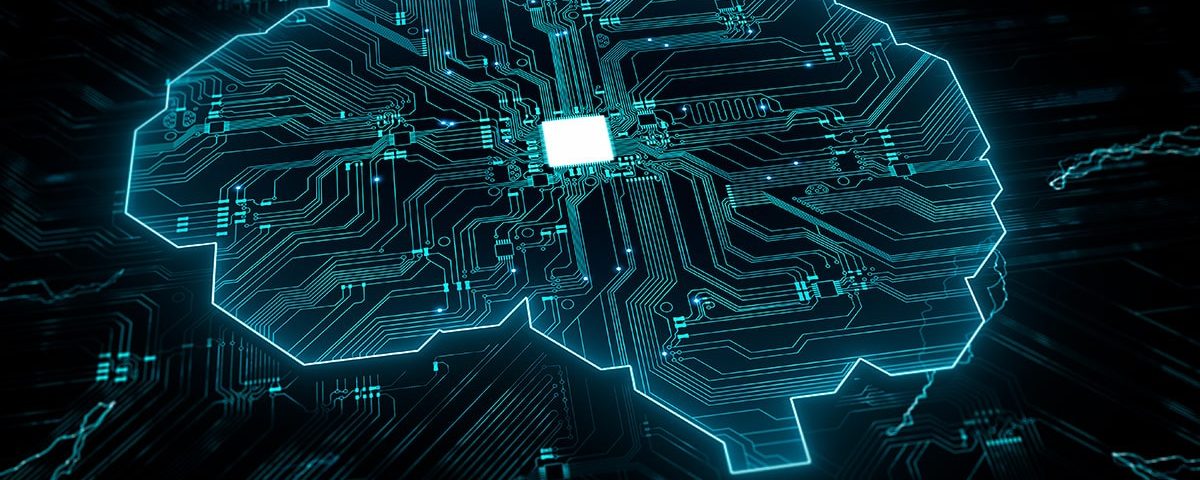
The term “artificial intelligence” (AI) is all the rage, but it’s not a fad: it has been growing since the second half of the 20th century. If data is said to be the oil of the 21st century, then AI must be its electricity. As happened with electricity in the 19th century, AI is expected to become omnipresent in the 21st century; we can’t see it, but that enables so much of our daily activity.
One example of its current level of penetration can be found in the 2019 report by the Spanish Observatory for Big Data, Artificial Intelligence, and Data Analytics (BIDA), echoed by INDESIA in 2021. According to that report, only seven IBEX 35 companies did not mention AI in their annual reports in 2019.
AI’s evolution
But it’s not been an easy road to the present moment. Since its beginnings, there have been significant successes as well as notorious failures, including points when the accumulation of unfulfilled expectations (sometimes more typical of science fiction than reality) led to lower investment in the well-known “AI winters.” Along the way, the supposed race for intellectual supremacy between humans and machines in games like chess, Jeopardy!, and Go have strengthened AI’s image as competing with people instead of increasing our capabilities.
There is currently an enormous capacity for processing (especially with the cloud), communication, and volume of data generated every second (for instance, the more than 16 million text messages and over half a million comments made on Facebook every minute). These factors have made AI in general and Machine Learning in particular a reality that makes it easier for companies to predict demand, optimize operations, create new products, and improve customer relationships.
This growth has also been due to efforts focusing on a more practical approach to AI. In moving away from the idea of powerful AI that can outperform people in any cognitive task, we move toward a weak one where small AIs capable of solving specific questions are created, thus increasing humankind’s capabilities.
Its impact on the economy
The level of penetration is not the same across all sectors. According to a McKinsey study, the construction and infrastructure sector is especially one of the sectors with the lowest level of digitization. Things are changing, though. We can see this the fact that all the large companies in the sector already have their own data and AI departments. In addition, big tech companies are creating products specifically for the sector; the sector’s traditional technological products are continually incorporating more AI capabilities; and there are new startups every day that offer resolutions for traditional problems in the sector by using AI.
But for starters, let’s think about what AI is. Without getting too technical, AI is a new form of software where the input is data and models are the output. The programmer (in this case, a data scientist) doesn’t give precise instructions like with traditional software. Instead, they provide data, and the machine learns from it.
There is no single definition of Artificial Intelligence right now: we have to see it in context.






There are no comments yet